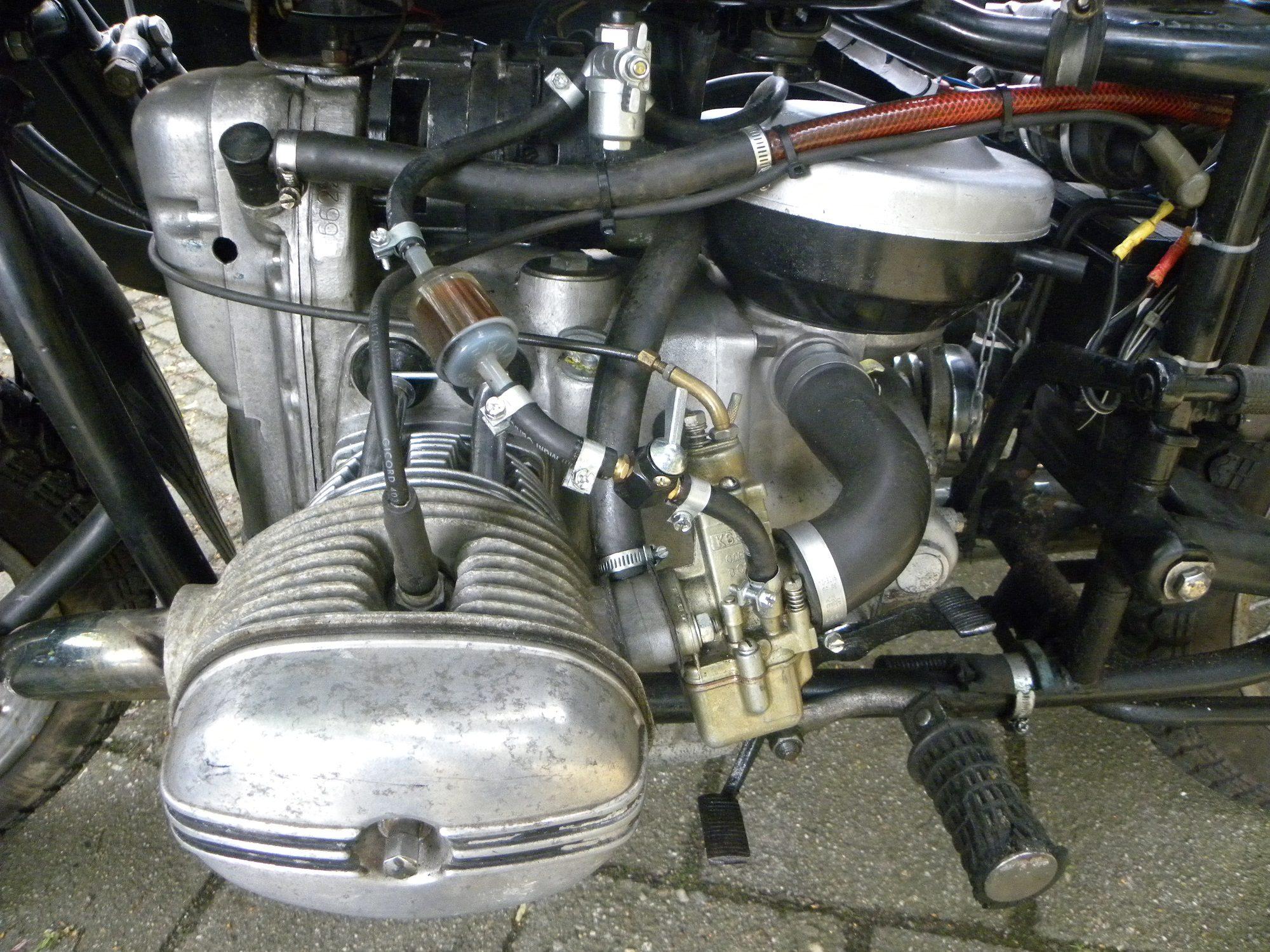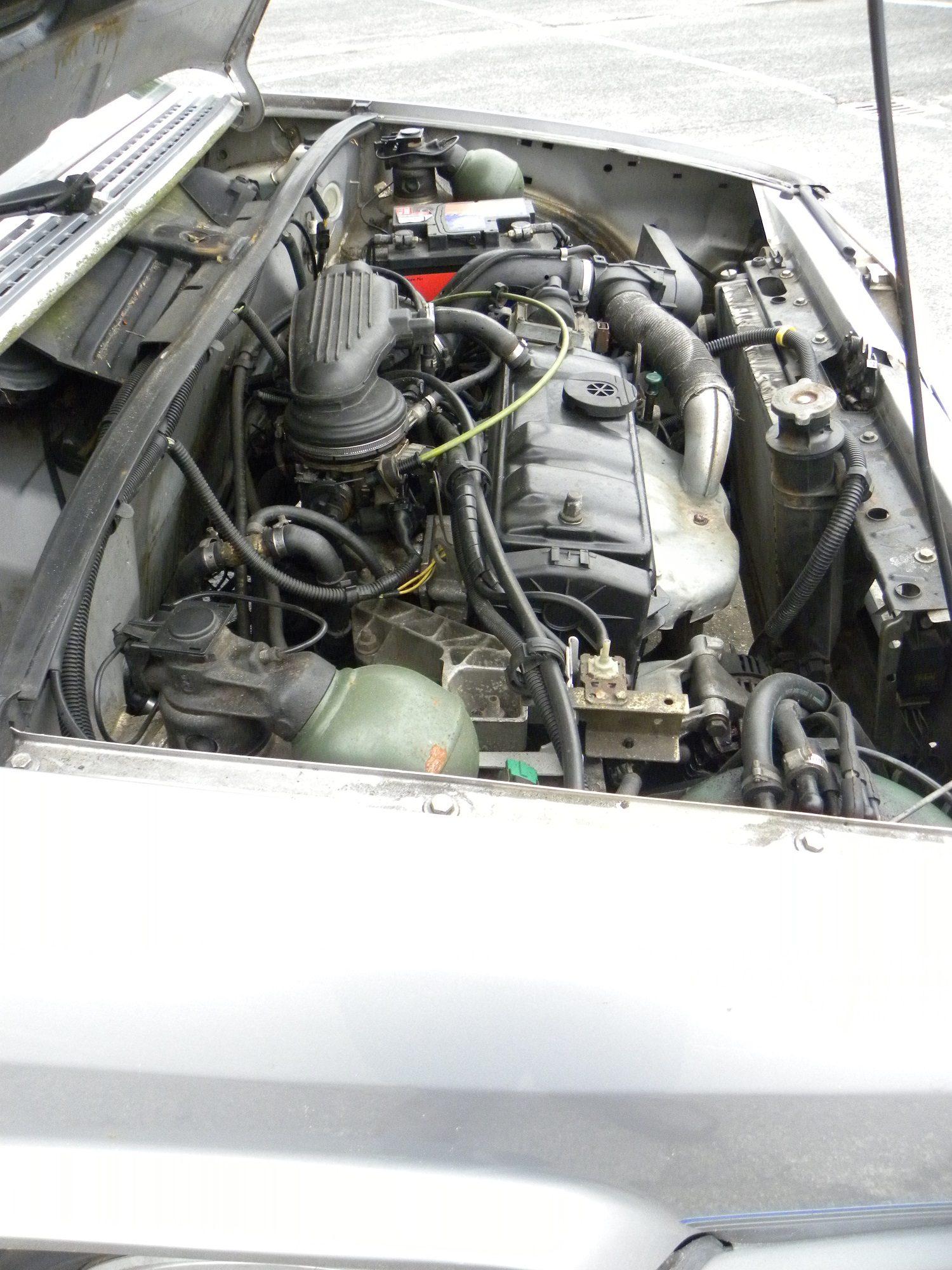A Russian was standing by my Russian tricycle. I thought. A compact man. A friendly head. Smart, observant eyes and a blonde crest. Fail: Willibrordus van der Weide is genetically Frisian and landed in Gelderland after many ex-CCCP wanderings.
All memories
From all those years in the former Eastern bloc, he immediately recognized the classic Russian tricycle as a purebred Ural. So not like Dnepr. Willibrord had been doing business in the former 'Russia' for years. Agricultural technology and a perfect, environmentally friendly organic fertilizer had been his business there. Until his business partner cheated on him in the way you would expect from 'Russians' in old James Bond films. Willibrordus had returned to the Netherlands penniless and tried to find a place to live in Arnhem.
If only you hadn't been Dutch
A disillusioned official sighed in a municipal circle. “Sir, if you had been Somali, we would have had accommodation, even a home for you. But you are out of luck. You are Dutch. Wilibrordus found shelter. At the homeless shelter. For a few weeks he slept between people who had fallen off course here in the Netherlands. Alcoholics. Junks. Wanderers.
From his previous life he knew everything about high-quality, environmentally-friendly organic fertilizer. That would be his business model. But the former Eastern bloc had given him more. After all, had there been a lot of production and knowledge? That knowledge was generally not interesting for the Communists. After all, in the context of the planned economy, production had to be fast, cheap and substantial. And what had to happen to that stuff after production? That was out of plans.
Somewhere near Irbit there are another 1000 M72 sidecar combinations in a forest. They were made in 1943 when the Central Committee decided that all fuel was needed for the famous T43 tanks. There was no longer any use for the sidecar machines.
But there was ingenuity and innovation with the Russians
Russian technicians have built the most interesting prototypes. Usually only in a limited edition of a few. In the best case scenario, those ideas ended up in a warehouse. We were once allowed to visit the Ural museum. The machines from this were torn away after the fall of communism. And how did an 1000 cc water-cooled Ural block ever end up at Ural Team Oberhausen? 600 euros were requested at the time. There is also a Ural with a Wankel engine somewhere. We are after that.
Friction reducer as by-catch
Willibrordus gambles on the success of his fertilizer. But from the ex-communist legacies, he also brought a unique, friction-reducing oil addition. The product is not yet another panacea that makes worn engine blocks new again. It reduces metallic friction. It is of course no panacea. Willibrordus just liked the name Yellow Miracle Oil. The stuff comes from agricultural mechanical agriculture, a cornerstone of the otherwise minimal 'Russian' economy. And if farmers think something is good enough. Then we citizens must remain silent. Yellow Miracle Oil as a lubricant seems to work seriously. And it's partly vegetable. The rapeseed oil component must make left people happy. And it is also Made in the Netherlands, in Arnhem still. We smiled: "Let us make Arnhem great again".
We continue the conversation with a cup of coffee. Standing had lasted long enough. Willibrordus told about his adventures in the former CCCP. Believe me. You don't want to be there. Willibrordus took a bottle of Yellow Wonder Oil from his suitcase. “Try that. But not in that Ural. The best oil addition for such a machine is Rinse Appelstroop. But it will surprise you. ”Willibrordus paid for the coffee. We said goodbye warmly. I went to bring the groceries home. The stuff ended up in my Lief's BX. She finds her car more fuel-efficient and better.
If you ride on classics you will meet the nicest people. And you have the most interesting conversations.




Will keep an eye on the experiences. Saw on the site that the editorial BX was more economical.
Although I don't know if 1 on 16 is such a difference.
In 1986 I got a Peugeot 205 xr 1.4 even though 1: 18, 2, I had to stay on the 90 km / h.
Was it going to try because a customer with a diesel did not make the 1 on 24 (as promised by Peugeot). Did 1 still on 21. Then I also started testing the XR.